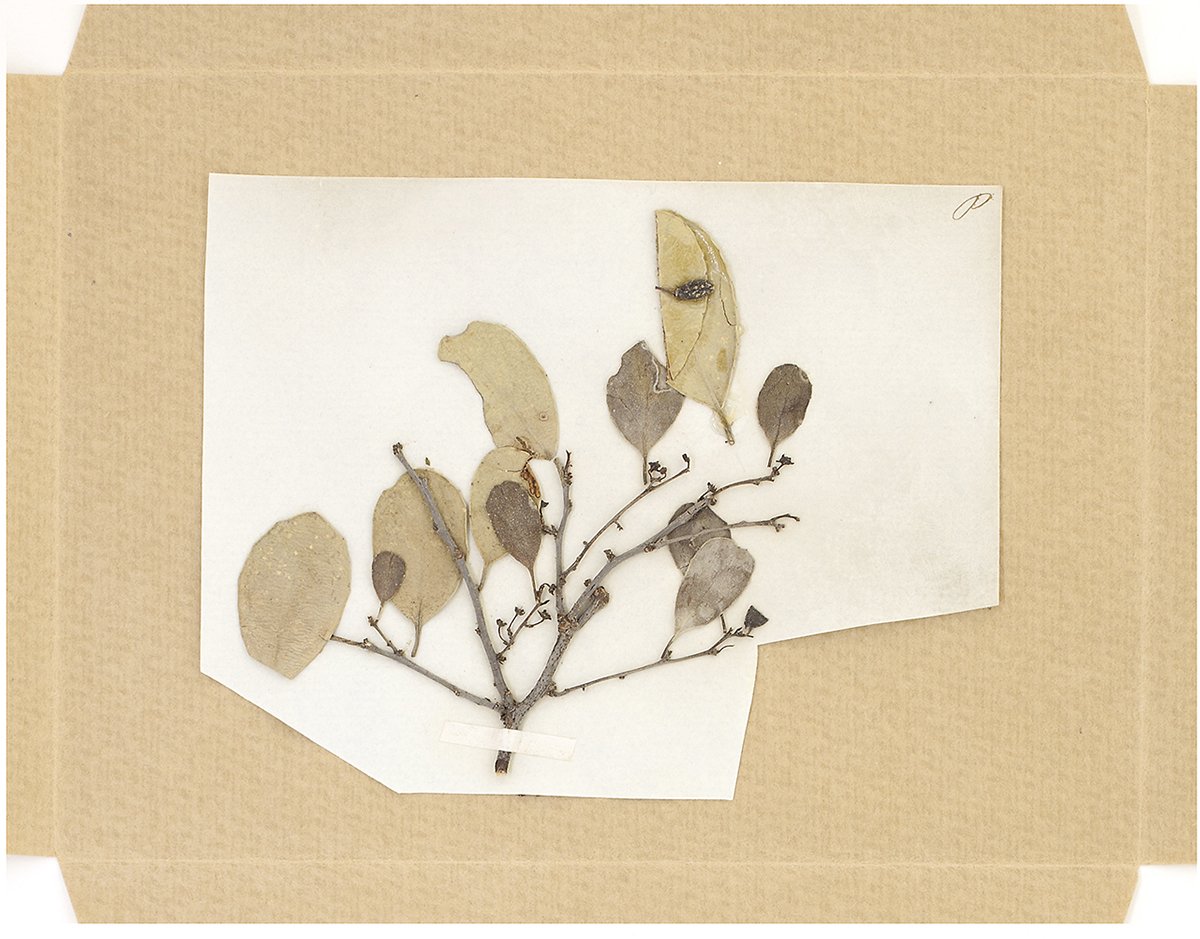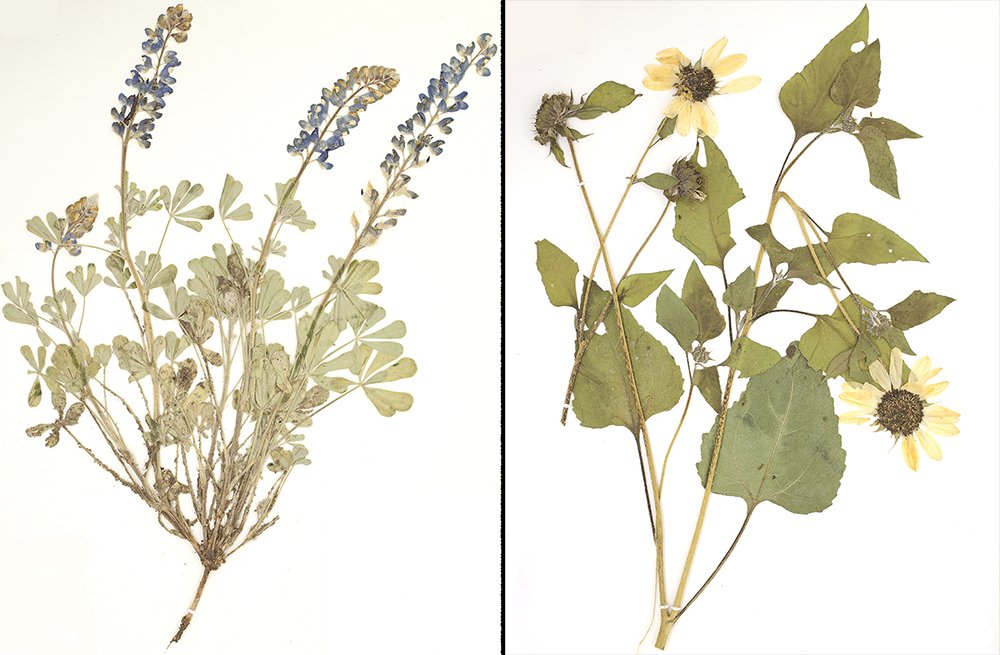Feature Stories
Faith Singer
Digitizing Plants
With TACC expertise, diverse plant collection made available across the world

The University of Texas at Austin “Tower” is one of the most iconic buildings on campus, and one of the most recognizable symbols of the city. What might surprise most people is that nine of its 27 floors are dedicated to more than one million plant specimens, among the largest herbarium collections in the Southwestern United States.
The Billie L. Turner Plant Resources Center dates to 1890 when UT Austin’s first biology instructor, Frederick W. Simonds, donated his plant collections. He believed plants were good indicators of commercially valuable minerals in soil.
Then, in the late 1980's, the transfer of a large private collection brought up the number of specimens to one million.
Curator George Yatskievych says the process of digitizing these specimens over the past 17 years has made them widely available to a larger audience, both nationally and internationally. In this way, the plant resources center has joined efforts by museums all over the world that are sharing their treasures with the public via the internet.

He credits Tomislav Urban, a senior software developer in TACC’s Data Management and Collections group, with this feat.
“Tomislav has done a major service for us by consolidating our information and updating it to a single platform,” Yatskievych said. “His work has included coordinating and uploading 500,000 images and text records stored on TACC’s Corral system, and migrating five legacy databases into a consolidated management system.”
Urban has worked with large data biodiversity collections at UT Austin for the past 15 years, including natural history collections and paleogeographic mapping.
Yatskievych concluded: “The National Science Foundation has been generous with its funding to support digitization of natural history collections in the United States. The Billie L. Turner Plant Resources Center has participated in four herbarium networks that have received funding to digitize themed portions of their holdings. The portion of those grants that has gone directly to UT Austin has totaled more than $1 million and has allowed the center to create images and data records of several hundreds of thousands of its plant specimens.”

